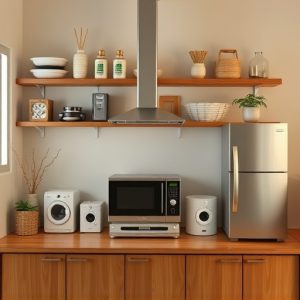Microwave capacitors, vital components in major appliances like microwaves, store and release electrical energy, enabling safe high-frequency circuit operation. Regular testing, using precision LCR meters or advanced techniques like temperature-controlled testing, ensures these capacitors meet industry standards (UL, IEC) and comply with EMC regulations, preventing radiation hazards. Future safety testing incorporates simulation, modeling, automated systems, and data analytics for enhanced efficiency and accuracy in major appliance development.
Microwaves are an integral part of modern life, with capacitors playing a critical role in their operation. Understanding microwave capacitors in major appliances is crucial for ensuring radiation safety compliance. This article delves into the intricacies of these components, exploring their function, testing methods, and the regulatory landscape. We also discuss challenges in testing and future trends aiming to enhance safety, empowering professionals to navigate this complex field effectively.
- Understanding Microwave Capacitors in Major Appliances
- The Role of Capacitors in Radiation Safety
- Common Testing Methods for Microwave Capacitors
- Ensuring Compliance: Standards and Regulations
- Challenges in Testing Microwave Components
- Future Trends for Improved Safety Testing
Understanding Microwave Capacitors in Major Appliances
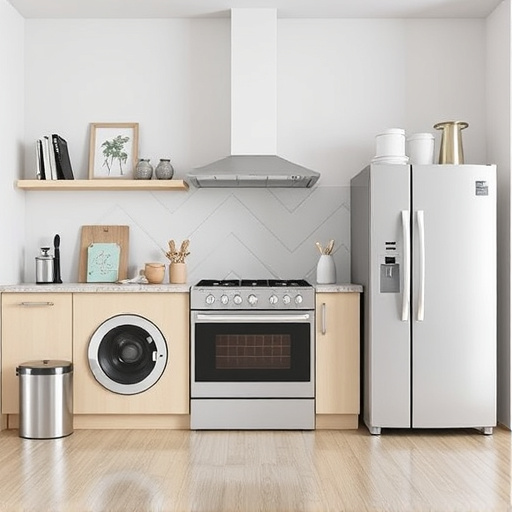
Microwave capacitors play a critical role in major appliances, specifically in the microwave oven. These components are integral to the safe and efficient operation of the appliance’s high-frequency circuit. Capacitors in major appliances help in storing and releasing electrical energy, facilitating the generation and control of microwaves. By ensuring precise regulation of electromagnetic fields, capacitors contribute to the overall safety and performance of the microwave oven, aligning with industry standards for radiation safety compliance.
Understanding the intricate function of microwave capacitors is essential when it comes to testing and maintaining these appliances. Regular testing ensures that these components operate within safe limits, preventing potential hazards associated with inappropriate electrical behavior. This meticulous process involves examining the capacitance, voltage standing wave ratio (VSWR), and other critical parameters to guarantee optimal performance and adherence to safety regulations governing major appliances.
The Role of Capacitors in Radiation Safety
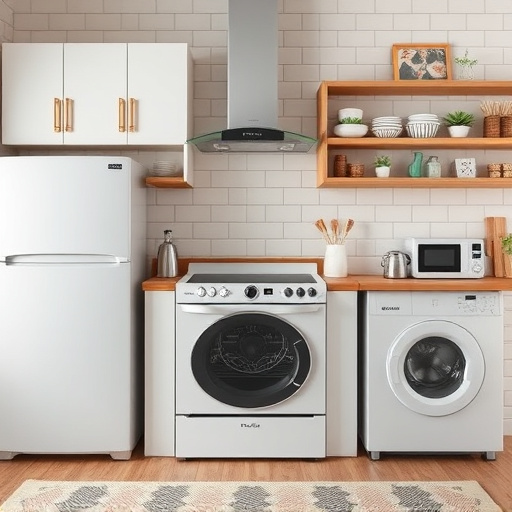
Capacitors play a critical role in ensuring radiation safety compliance for major appliances, including microwaves. These electronic components are designed to control and regulate electromagnetic fields (EMFs) generated within the appliance. By storing energy and releasing it in controlled bursts, capacitors help maintain optimal operating conditions while minimizing unwanted radiative emissions. This is particularly important for microwave ovens, where high-frequency radiation is used to heat food, ensuring that these appliances meet stringent safety standards.
In the context of major appliances, proper capacitor testing is essential to verify their functionality and prevent potential hazards. During testing, engineers assess how capacitors handle varying electrical loads, temperature fluctuations, and aging processes. This ensures that they maintain consistent performance over time, adhering to industry regulations like those set by UL (Underwriters Laboratories) or IEC (International Electrotechnical Commission), thus safeguarding users from exposure to harmful radiation.
Common Testing Methods for Microwave Capacitors
In the realm of major appliances, microwave capacitors play a crucial role in ensuring safe and efficient operation. Testing these components is an essential part of the quality control process to guarantee radiation safety compliance. Common testing methods involve utilizing specialized equipment to measure capacitance accuracy, which directly impacts the microwave’s performance.
One standard approach is the use of precision LCR meters, capable of detecting even minute variations in capacitance. These devices enable engineers to verify the capacitor’s electrical characteristics under various conditions, ensuring it meets industry standards. Additionally, advanced techniques like temperature-controlled testing simulate real-world scenarios, crucial for appliances, as they help identify potential issues that may arise during normal operation.
Ensuring Compliance: Standards and Regulations
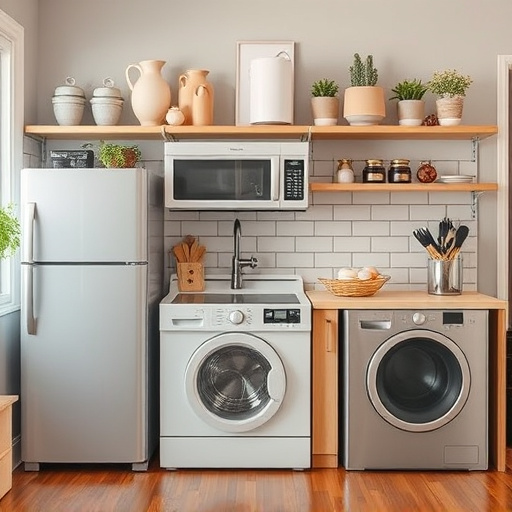
In the realm of major appliances, microwave capacitors play a pivotal role in ensuring safe operation. Compliance with stringent standards and regulations is non-negotiable to prevent potential radiation hazards. Testing procedures are designed to verify that these components meet the required safety benchmarks, specifically focusing on electromagnetic compatibility (EMC). This involves rigorous assessments to guarantee that microwaves remain contained within the appliance, protecting users from any harmful exposure.
Regulations such as those set by international bodies and local authorities dictate specific performance criteria for capacitors in microwave ovens. These standards cover various aspects, including leakage current limits and dielectric strength, ensuring both short-term and long-term safety. Adherence to these guidelines is mandatory for manufacturers to bring their products to market, guaranteeing consumer protection and peace of mind.
Challenges in Testing Microwave Components

Testing microwave components presents unique challenges due to their high-frequency operation and intricate design. In major appliances like ovens, testers must account for a wide range of frequencies, often up to several GHz, which requires specialized equipment capable of accurate measurements at these scales. Additionally, the small size of some components necessitates precise techniques to ensure complete coverage during testing.
Another hurdle is the complex interaction between different parts, as microwaves can reflect, absorb, or transmit through various materials and structures. This phenomenon introduces variability that can complicate the testing process, especially when validating safety compliance. Effective testing methods must therefore consider these factors to deliver reliable results, ensuring that major appliances emit radiation within safe limits for users.
Future Trends for Improved Safety Testing
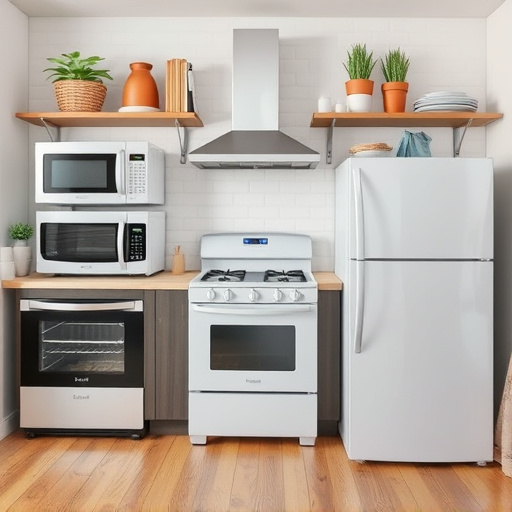
As technology advances, safety testing for microwave capacitors in major appliances is evolving as well. One promising trend is the integration of advanced simulation and modeling techniques. By leveraging powerful computational tools, manufacturers can predict capacitor performance under various conditions, ensuring compliance with radiation safety standards before physical testing. This not only saves time and resources but also allows for more sophisticated design optimization.
Additionally, the adoption of automated testing systems is gaining traction. These systems employ intelligent sensors and data analytics to continuously monitor capacitor health during production. By identifying potential issues early in the manufacturing process, manufacturers can maintain higher quality standards and reduce the risk of unsafe products reaching consumers. This trend aligns with the growing demand for smart homes and connected devices, where safety testing must keep pace with the rapid pace of innovation in major appliances.
Microwave capacitor testing is a critical process that ensures radiation safety compliance in major appliances. By understanding the role of capacitors, adopting robust testing methods, and adhering to relevant standards, manufacturers can guarantee the safety and performance of their products. While challenges persist, future trends suggest improved testing methodologies, ensuring even better safety for consumers.
